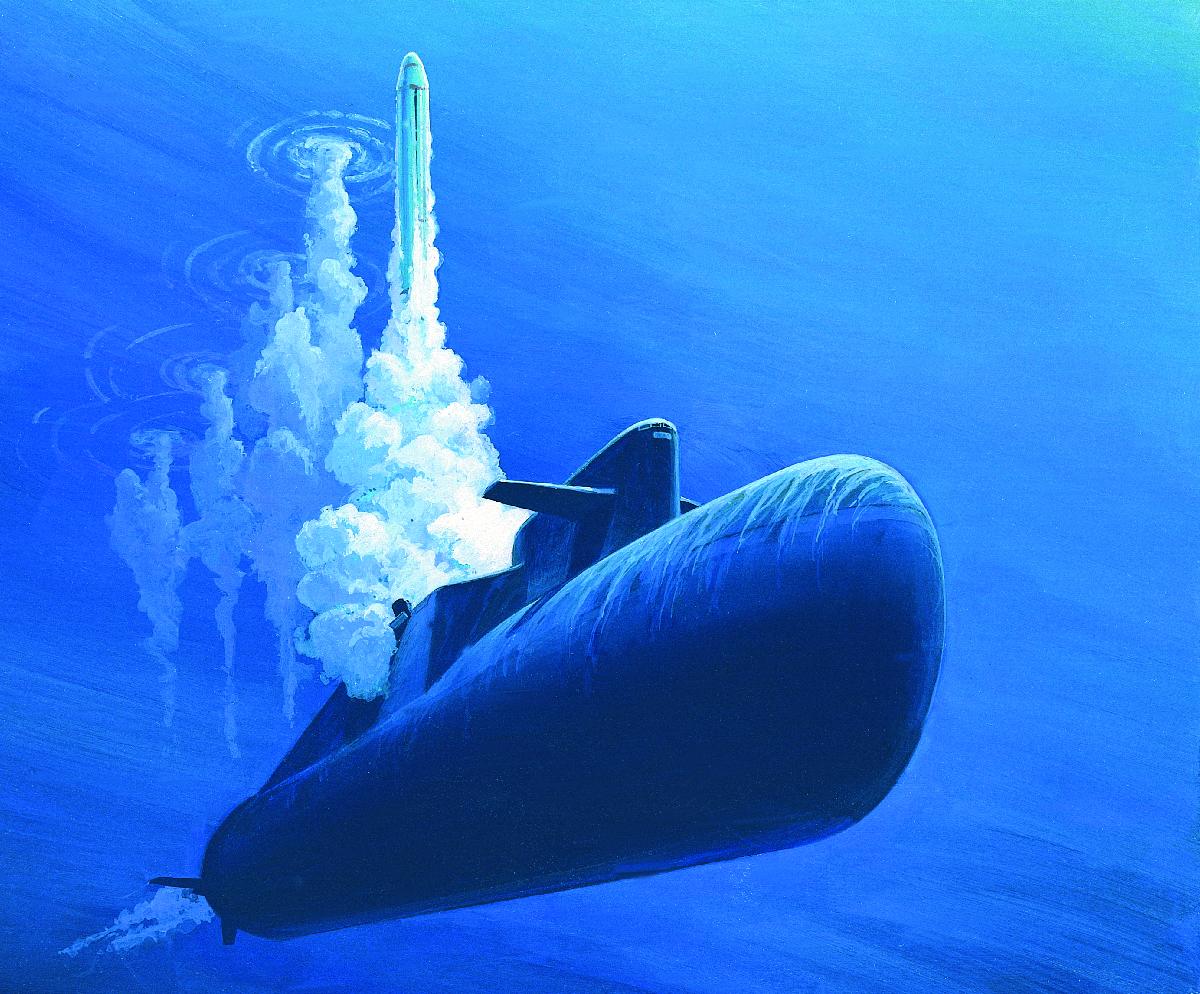Operation Behemoth on:
[Wikipedia]
[Google]
[Amazon]
 Operation Behemoth-1, Behemoth-2 (russian: Бегемот - ''Begemot'',
Operation Behemoth-1, Behemoth-2 (russian: Бегемот - ''Begemot'',
Video of Behemoth-2 launch
Soviet military exercises Military history of Russia 1989 in the Soviet Union 1991 in the Soviet Union Soviet Navy
 Operation Behemoth-1, Behemoth-2 (russian: Бегемот - ''Begemot'',
Operation Behemoth-1, Behemoth-2 (russian: Бегемот - ''Begemot'', Hippopotamus
The hippopotamus ( ; : hippopotamuses or hippopotami; ''Hippopotamus amphibius''), also called the hippo, common hippopotamus, or river hippopotamus, is a large semiaquatic mammal native to sub-Saharan Africa. It is one of only two extan ...
) were military exercises held by the Soviet
The Soviet Union,. officially the Union of Soviet Socialist Republics. (USSR),. was a transcontinental country that spanned much of Eurasia from 1922 to 1991. A flagship communist state, it was nominally a federal union of fifteen nation ...
Northern Fleet
Severnyy flot
, image = Great emblem of the Northern Fleet.svg
, image_size = 150px
, caption = Northern Fleet's great emblem
, start_date = June 1, 1733; Sov ...
in 1989 and 1991. Behemoth-2 was the first time ever when a ballistic missile submarine launched all of its missiles at once.
Behemoth-1
On August 6, 1989, the Delta IV-class submarine, K-84 , attempted to salvo launch all 16 R-29RM missiles. The operation failed due to a leak of fuel andoxidizer
An oxidizing agent (also known as an oxidant, oxidizer, electron recipient, or electron acceptor) is a substance in a redox chemical reaction that gains or " accepts"/"receives" an electron from a (called the , , or ). In other words, an oxid ...
from missile number six just prior to the start. This leak caused a fire and a pressure boost inside the silo which destroyed the missile.
Behemoth-2
The second attempt took place two years later and succeeded. On August 6, 1991, the Delta IV-class submarine K-407 , under the command of Captain Second Rank Sergey Yegorov, performed a full salvo underwater launch, launching all 16 R-29RM missiles on board. The whole salvo took 224 seconds (3 minutes, 44 seconds) with a 14 second interval between launches. During this 3.7 minutes the submarine expelled more than 650 tons of weight. The first and sixteenth missile hit their designated targets at Kura Missile Test Range inKamchatka
The Kamchatka Peninsula (russian: полуостров Камчатка, Poluostrov Kamchatka, ) is a peninsula in the Russian Far East, with an area of about . The Pacific Ocean and the Sea of Okhotsk make up the peninsula's eastern and west ...
.
"On August 6, 1991 at 21 hours 07 minutes a volley fire the complete fire unit of RSM-54 rockets from the submarine of the project 667BDRM was carried out the. In the interests of the reduction of expenditures the operation was conducted on the planned combat training of the crew of submarine and the regular flight only of two rockets. The rockets, which start in the volley of the first and last, had to run complete flight program and fall onto the assigned aiming points. The remaining rockets, which participate in the volley, had to from all parameters of launch completely correspond to combat missiles, but the height of their flight could be arbitrary. For conducting the volley by complete fire unit was isolated the submarine “Novomoskovsk” (commander of boat S.V. Yegorov) and 16 rockets RSM-54, prepared by the Krasnoyarsk Machine Building Plant. The launching passed successfully, and until then no one in the world had conducted a shoot of a complete fire unit."K-407 ''Novomoskovsk'' broke the record of the Yankee II-class submarine, ''K-140'', which launched eight missiles on December 20, 1968. Behemoth-2 was viewed as a possible scenario of a nuclear war against the
United States
The United States of America (U.S.A. or USA), commonly known as the United States (U.S. or US) or America, is a country primarily located in North America. It consists of 50 states, a federal district, five major unincorporated territori ...
and was executed to confirm the possibility and safety of a quick underwater salvo.
References
{{reflistExternal links
Video of Behemoth-2 launch
Soviet military exercises Military history of Russia 1989 in the Soviet Union 1991 in the Soviet Union Soviet Navy